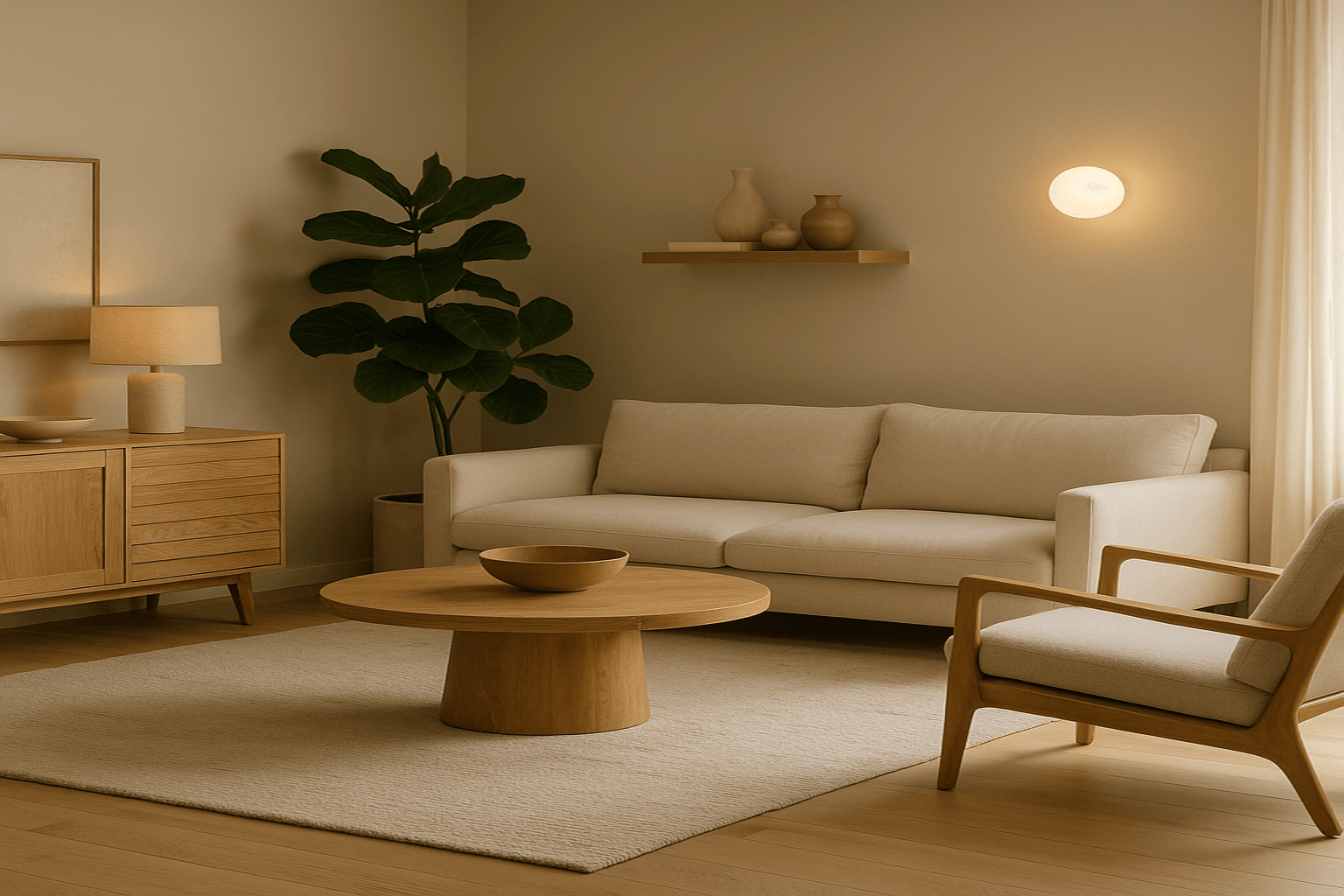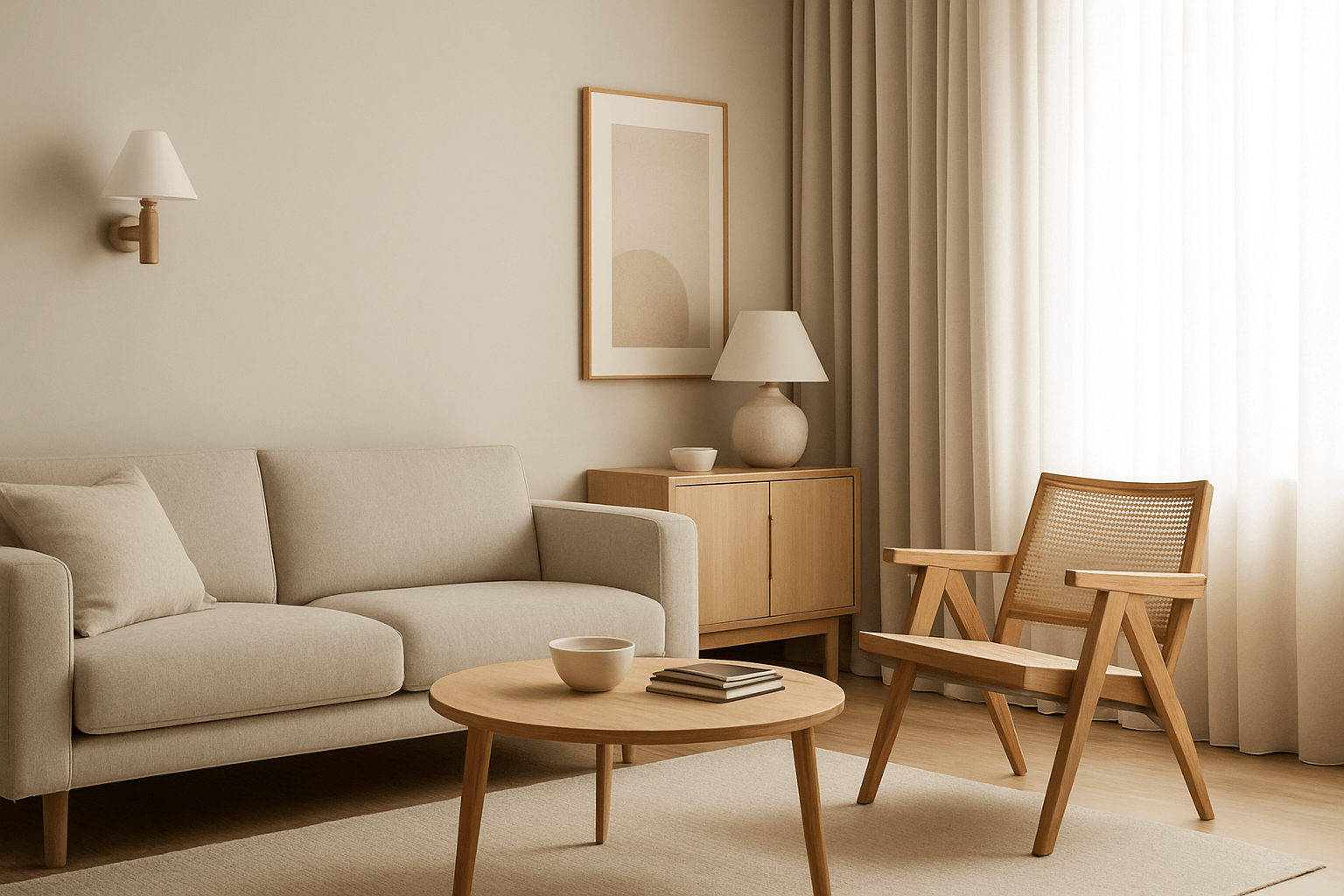The Roots of Nordic Design
Born from the harsh climates and long winters of the Nordic countries, Scandinavian interiors emphasize practicality and warmth. Light is treated as a precious resource, and the spaces are designed to maximize it with large windows, pale tones, and airy layouts.
The Essence of ‘Hygge’
Nordic homes are not sterile—they're cozy, or as the Danes would say, hygge. Think soft throws, warm wood tones, and subdued lighting that invites slow moments. The philosophy is not about decoration, but mood—how a space makes you feel.
Color Palette & Materials
Neutral colors dominate: whites, grays, beiges, and muted pastels. Layering textures (linen, wool, unfinished wood, soft matte ceramics) is key to adding depth. Avoid glossy finishes; opt instead for natural, tactile materials.
Lighting in Nordic Spaces
In places with limited daylight, lighting takes center stage. Nordic lighting is typically warm (2700K–3000K), layered with multiple sources—floor lamps, wall sconces, and table lamps. Avoid harsh overheads. Think diffused glows and dimmable options.
Furniture & Layout
Furniture is functional, unornamented, and often crafted from pale woods like ash or oak. Pieces are low-profile, allowing visual space to flow. Choose fewer, better things—each item should serve a purpose or spark joy.
Bringing Nature Indoors
Nature is not separate from the Nordic interior—it’s part of it. Include indoor plants, dried grasses, or organic forms like rounded stones or ceramic vessels. These elements soften the clean lines and bring grounded calm.
A Way of Living
More than a style, Nordic interiors reflect a mindset. Slowness. Thoughtfulness. A belief in beauty through simplicity. It’s not about having less—it’s about making space for what truly matters.
Closing Tip
Start by editing—not adding. Remove clutter. Let light guide your layout. And when in doubt, ask: Is this useful, or is it beautiful? Ideally, it should be both.
















